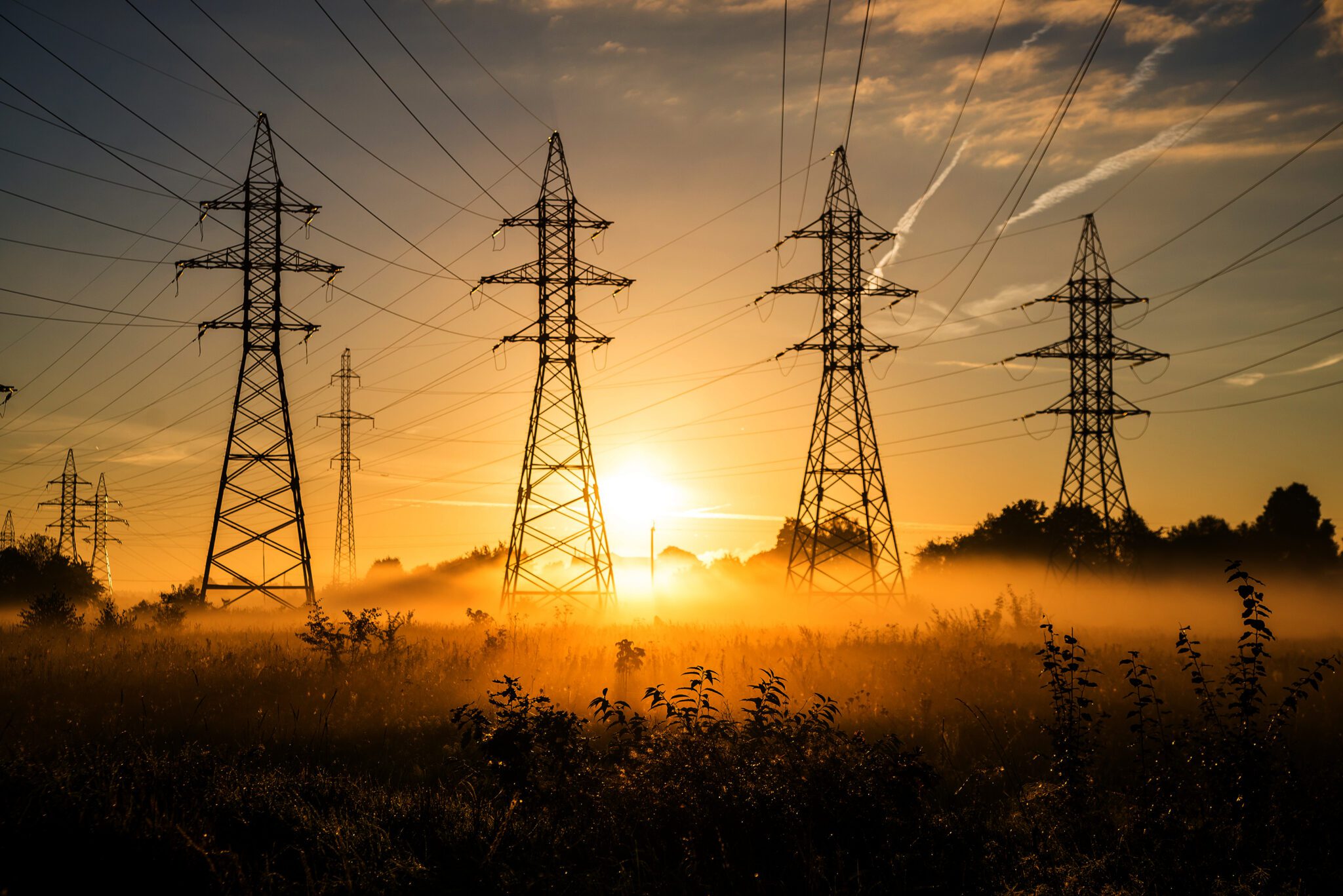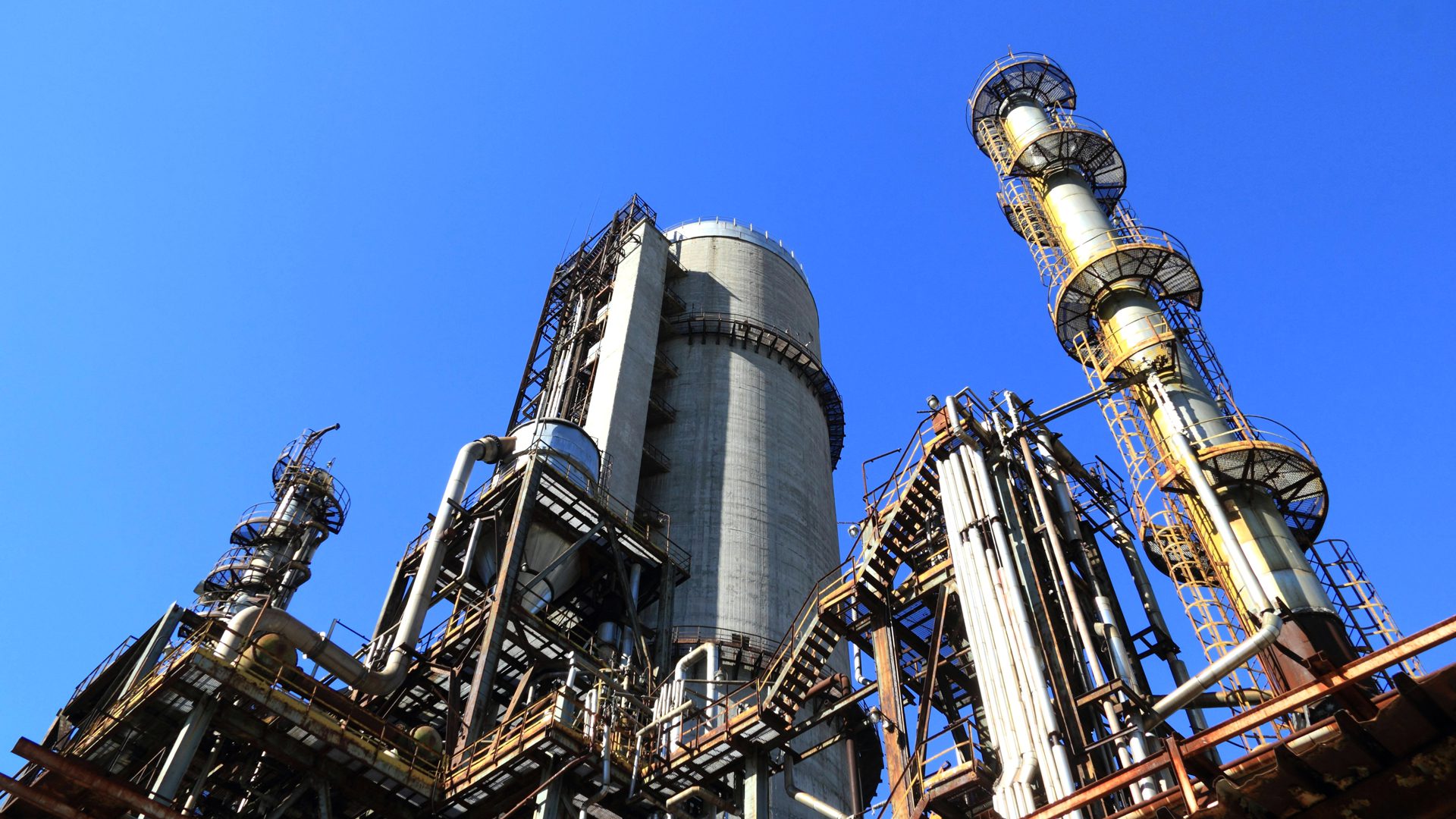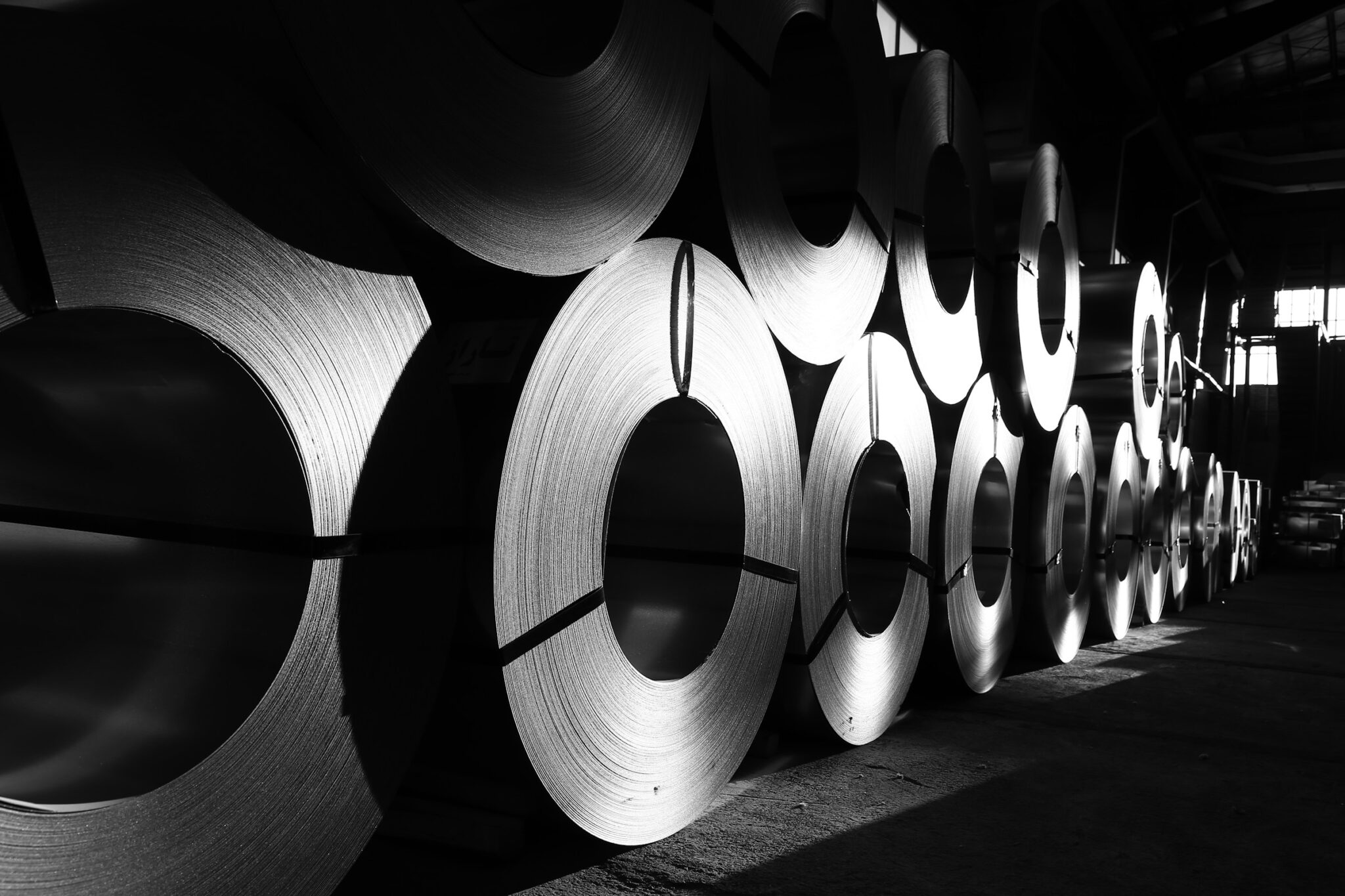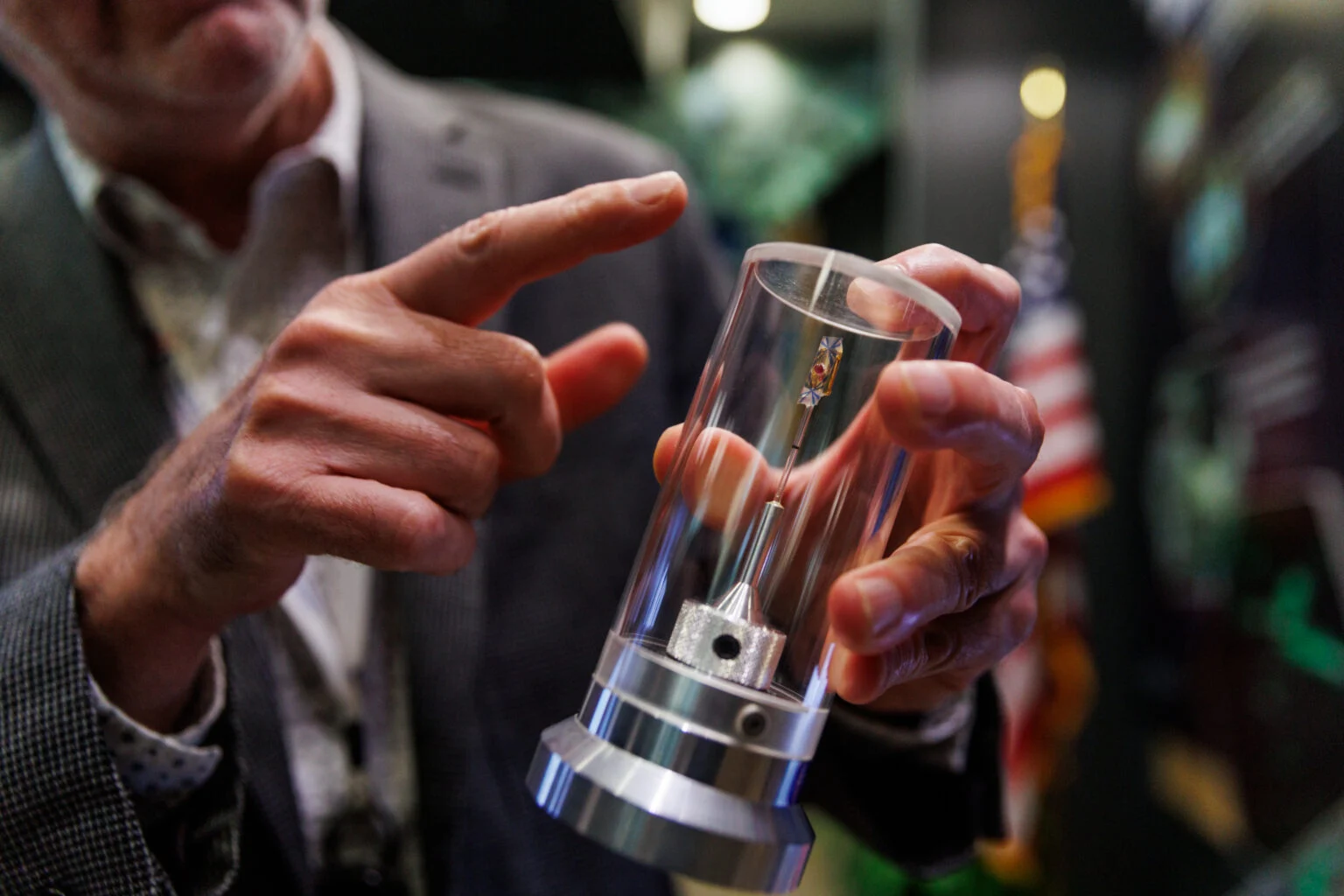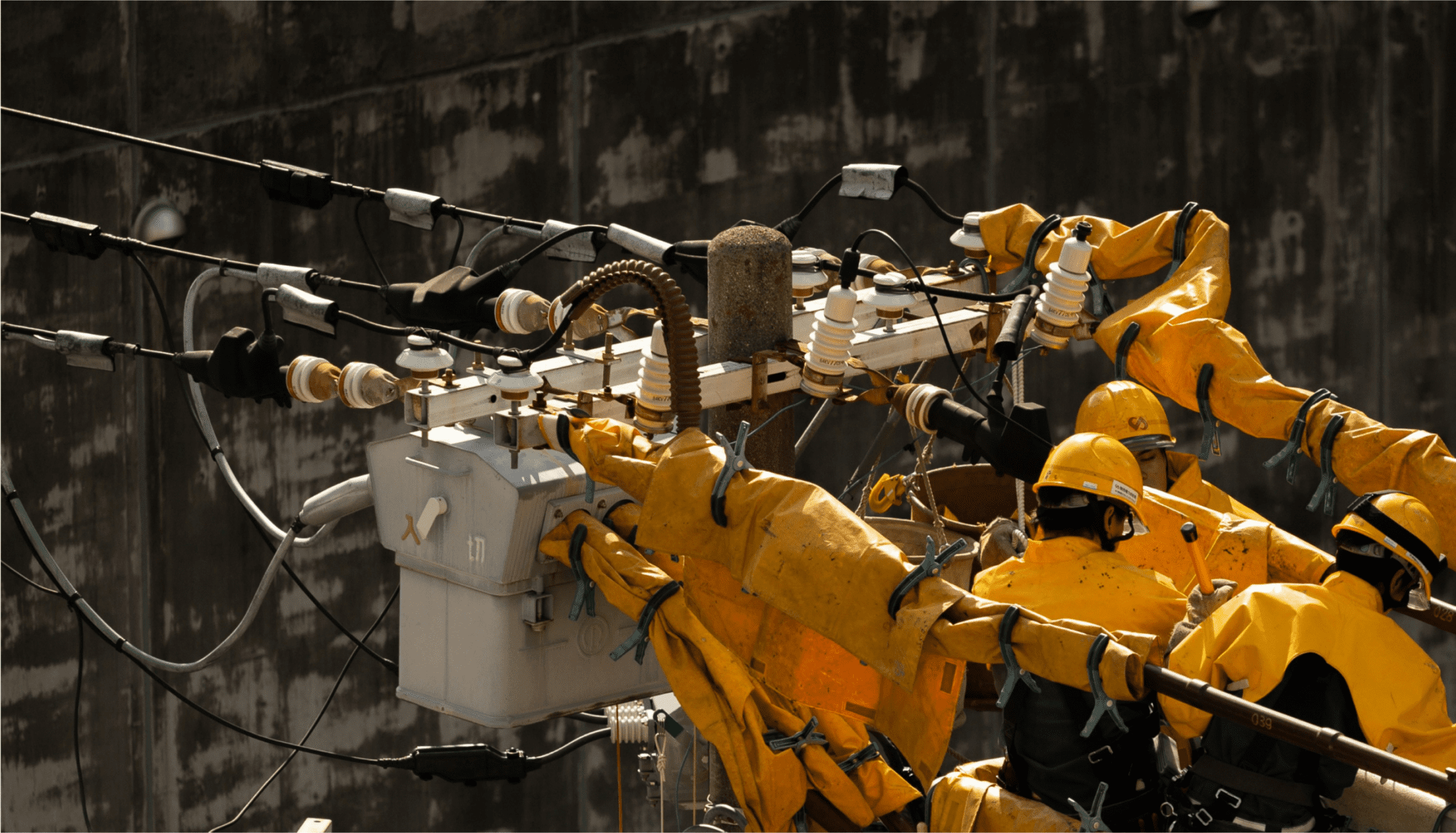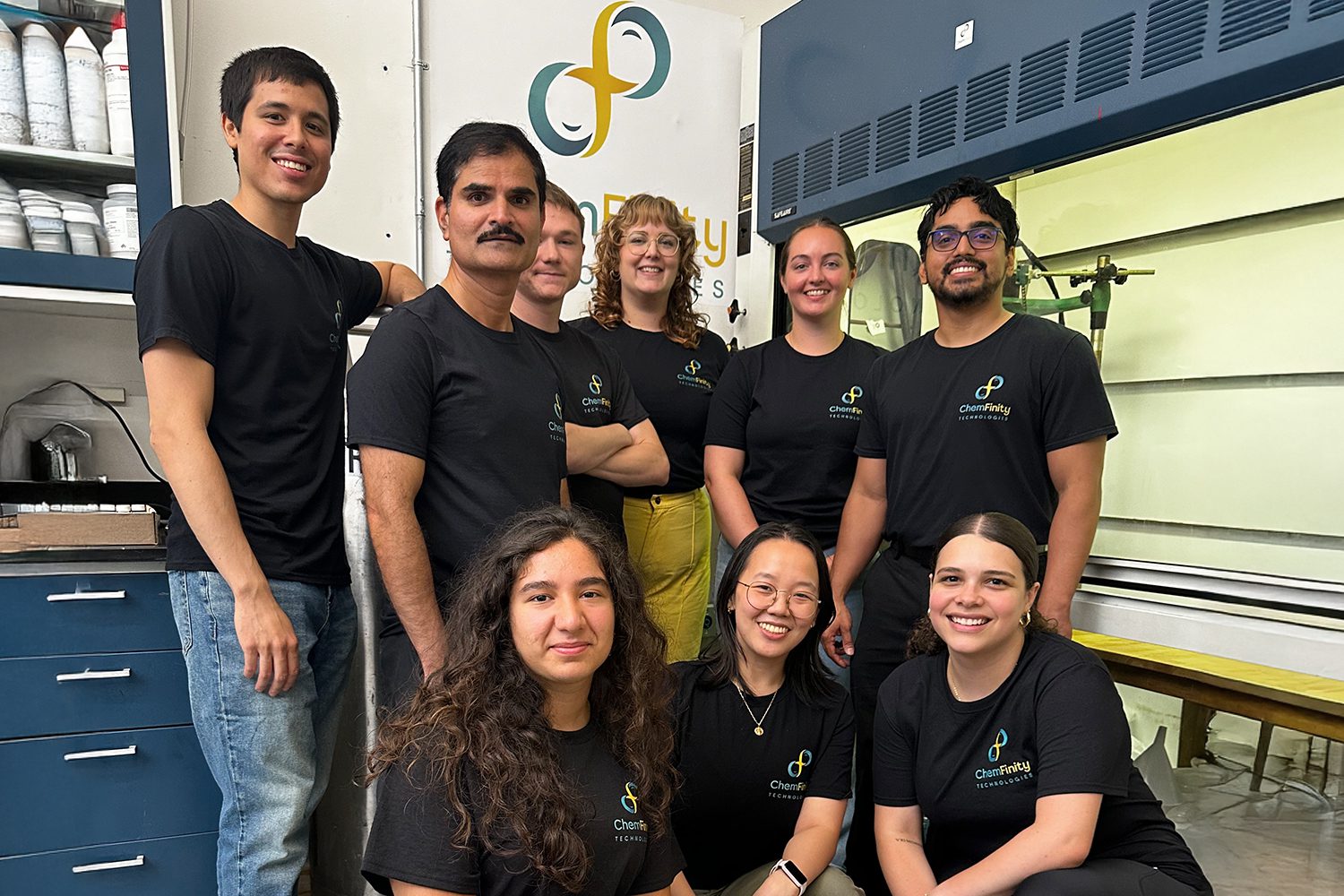This article is the first in a series of posts on why America must upgrade its power grid if we want to meet our 2050 climate goals. Other articles in the series that explain why transmission is key to unlocking a future powered by affordable and abundant clean energy can be found below:
Transforming our energy infrastructure to arrive at the vision of 2050 laid out might seem like an impossible challenge – but it’s not unrealistic.
Imagine a world powered by clean energy. It’s the year 2050, and you’re driving your electric vehicle—which costs less than a single tank of gas a month to charge—past a field of wind turbines and solar panels. On the horizon, you see advanced manufacturing plants and clean hydrogen production facilities that use the renewable power these nearby structures generate to produce medical tools, clean fuels, and other critical equipment. Hundreds of your neighbors work at these plants, playing their role to create the essential ingredients that power a clean energy economy. In this clean energy future, you’re able to heat your home during a winter storm and cool your house during a summer heat wave without the risk of a blackout.
This vision for 2050 will create millions of jobs all around the world, lower electricity costs, and decrease sicknesses and deaths from reduced air pollution. A lot needs to happen to realize this vision in the next 30 years—and it will take investors, policymakers, and regulators coming together to overcome one of the largest obstacles to creating this clean energy future: upgrading our grid, building more transmission lines, and connecting these lines across regions.
The Challenge Ahead
Our nation’s bulk power grids are already outdated—most were built between the 1950s and 1970s, and an estimated 70% of lines will become obsolete in the coming decades, according to the American Society of Civil Engineers. This means the downing of old power lines, more frequent power outages, and a slower and inefficient response to severe weather.
And this challenge will only grow as demand for clean energy increases. Our power grids were built for a 20th-century economy, an era when legacy power plants served their neighboring cities and towns. But clean energy resources are not uniformly available throughout the U.S., and our current transmission lines are not expansive enough to connect clean energy sources to the homes and businesses that need it. This puts the country at risk of falling behind, missing opportunities to connect our country and power more jobs.
According to Princeton’s Net Zero America study, electrifying energy consumption through clean energy will require increasing current transmission capacity by around two-thirds by 2030 and up to 300% by 2050, a $200-300 billion investment. By delivering more clean power and preventing expensive outages, the good news is that this investment will pay for itself. Recent legislative successes, including the Inflation Reduction Act and the Bipartisan Infrastructure Law, have committed up to $20 billion—but there’s a long way to go.
What We Stand To Gain
Rethinking the last 100 years of transmission policy and investing in a macrogrid - an interstate “superhighway” system of high-voltage, long-distance transmission lines that will deliver clean power across the country—is essential if we are to fully benefit from recent legislative successes and build a vibrant clean energy economy.
There’s a lot we stand to gain: a functioning grid by 2050 will mean lower costs for consumers and the ability to share energy resources across the country. And a more connected grid will allow us to reap the benefits of hundreds of approved clean energy projects—today, there are enough wind, solar, and storage projects waiting to be built to power up to 84% of the United States, but 80% of them could be canceled before they are connected to the grid because of the lack of transmission lines.
Transforming our energy infrastructure to arrive at the vision of 2050 laid out above might seem like an impossible challenge—but it’s not unrealistic. We’ve done significant work to build support and invest in modernizing the transmission system, and it’s critical that we don’t lose momentum. If we coordinate across state, regional, and national levels and align on shared priorities, we will not only create more jobs and ensure our security and energy independence as a country, we will also position the United States as a global leader for the next 50 years and beyond.

